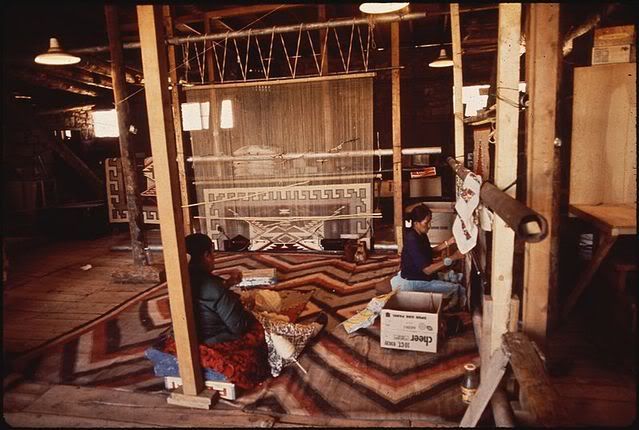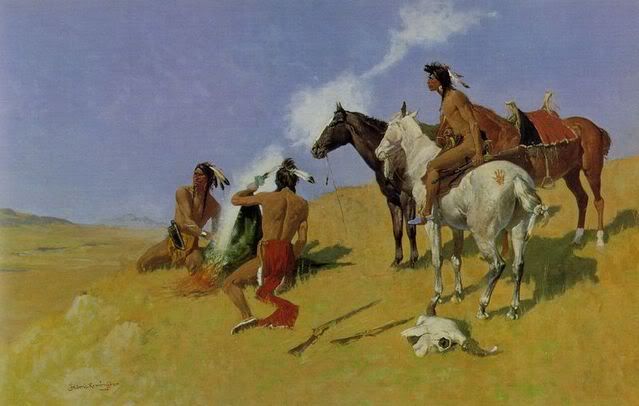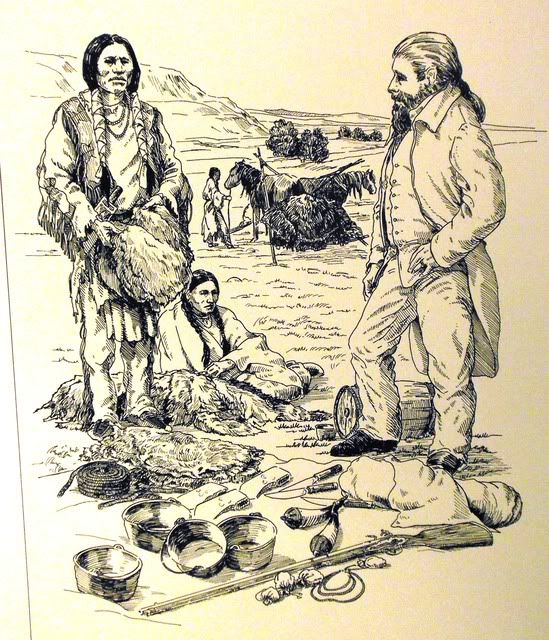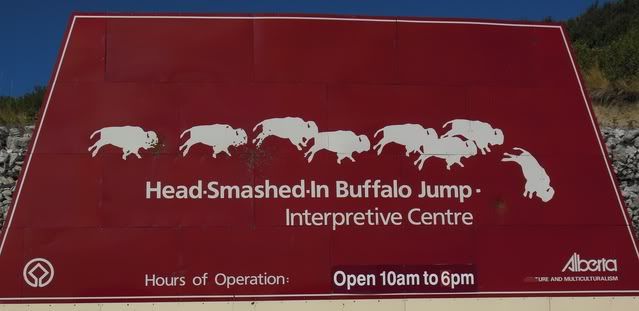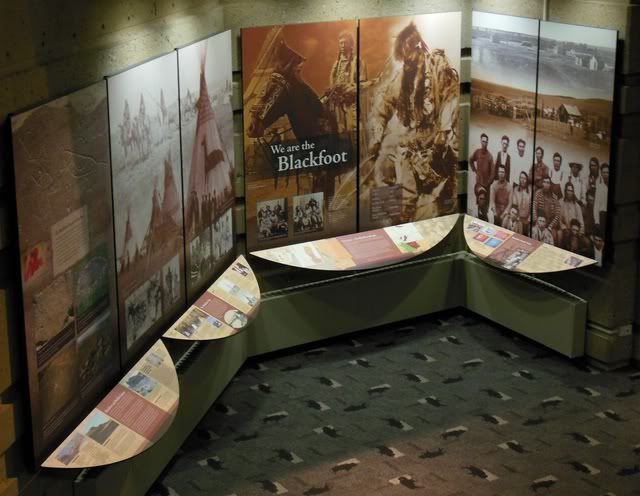Navajo Weaving
Even the most casual tourist who travels through the Navajo lands of Arizona, New Mexico, Colorado, and Utah cannot help but notice the abundance of fine weavings commonly called “rugs” which are offered for sale at roadside stands, tourist traps, restaurants, museums, and fine arts galleries. Navajo weavings are some of the best-known and most … Continued
